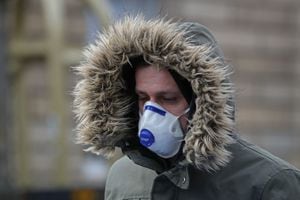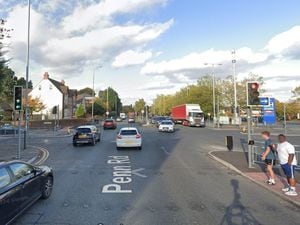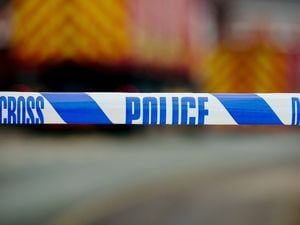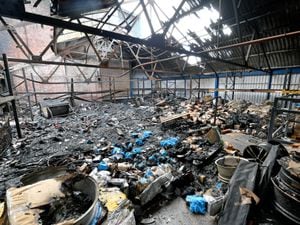Areas in Black Country and Staffordshire with most coronavirus deaths revealed
Hotspots during the coronavirus pandemic where most people have died have been revealed for the Black Country and Staffordshire.

New figures from the Office for National Statistics show where most people have died from Covid-19 in each part of the region.
The figures cover the period from March to June and there is no suggestion the virus is more rife in those areas.
In these cases, coronavirus was the underlying cause or was mentioned on the death certificate as a contributory factor. It was not confirmed how many of the deaths occurred in care homes.
Most deaths in Wolverhampton have occurred in Woodcross, near the Dudley border, where there have been 27, according to the data.
Wolverhampton and Dudley was an early coronavirus hotspot before the UK went into lockdown.
In the Dudley borough, Wordsley and Buckpool recorded the most deaths with 19.
Wednesbury has seen the most coronavirus deaths in Sandwell, where there has been a recent spike cases. There were 32 deaths in the town between March and June, the figures showed.
Nearby Darlaston West had the most deaths in Walsall, with 21.
In South Staffordshire, Wombourne Outer, Swindon and Seisdon was the hotspot with 15 deaths, while in Cannock Chase it was Rugeley Town where there were 10 deaths in the three-month period.
In Stafford borough, 15 deaths were recorded in both Barlaston, Tittensor and Swynnerton, and Central Stafford.
There have been around 1,400 coronavirus deaths in the Black Country and another 300 in South Staffordshire, Cannock Chase and Stafford during the pandemic.
Death rates relating to Covid-19 in deprived areas across England were more than double that of the most affluent parts – 139.6 per 100,000 compared to 63.4.
Compassion
Councillor Nicholas Barlow, cabinet member for health and adult social care at Dudley Council, said there could be a variety of reasons that some areas had witnessed more deaths.
He said: "It's hard to pinpoint why there are spikes in a particular area. It depends on the number of care home in a particular area and the number of people in those care homes, and people with families who have had coronavirus as well. It can be a myriad of things.
"You also have to bear in mind people who have got existing conditions, it is going to affect them more.
"Like any data it can be interpreted in any way possible but it doesn't mean people should have undue concern."
Turn2us said the figures highlight the extreme inequalities that affect so many people.
Sara Willcocks, head of communications at the charity, said: "We may all be weathering the same storm, but we are certainly not all in the same boat. For a society that believes in compassion, we must right these wrongs of social injustices.
"We urge the Government to focus on levelling up not just regions of the UK but also our neighbourhoods.
"Everyone deserves the right to access high quality jobs, affordable housing and a strong social security system that gives people the support they need; when they need it, so local communities can thrive together."





